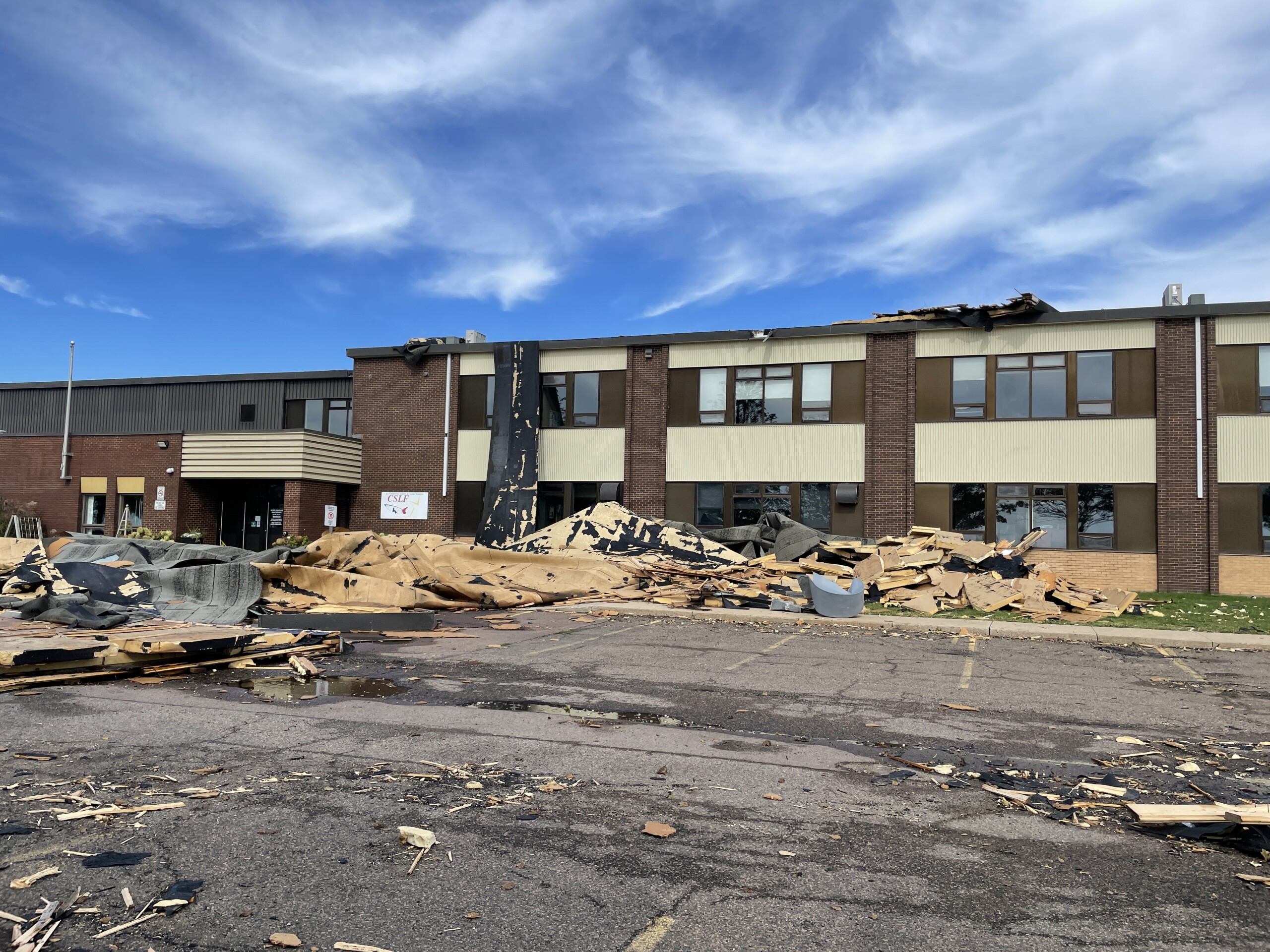What Happened?Hurricane Fiona made landfall in September 2022 and would go down as one of the most brutal weather events to impact eastern Canada, affecting Nova Scotia, New Brunswick, and Prince Edward Island. The hurricane recorded winds over 165kph, claimed twenty-five lives, and caused over $845 million in damage, making it one of the costliest extreme weather events in Canada to date. The storm made businesses inoperable and rendered homes unlivable, leaving residents with an uphill battle to get the regions back to life as they knew it. |
 |
A Pre-Crisis Response
You can’t outsmart a crisis, but you can prepare for it. We were on high alert before Hurricane Fiona made landfall and knew that there was a good chance Atlantic Canada would suffer significant loss. While restoration is traditionally about responding to crisis, we are keen on preparing prior to the storm hitting the region.
Our teams in Atlantic Canada began communicating with the organization at large to determine which project managers and field staff would be responding if Fiona made landfall. We readied regional offices and identified the resources needed in and around the areas at risk. Trailers were stocked with equipment and put on standby with generators, drying equipment, and other resources ready to go at a moment’s notice.
Communication was initiated to commercial clients to keep them updated on response plans with the sole intent of getting businesses back up and running quickly. We took stock of our customers’ facilities within the region to forecast the manpower and equipment that would be necessary during a response. In addition, our representatives began working with insurance clients to agree on mobilization conditions, confirming details to get ahead of client negotiations that, if done after the storm, could slow down recovery operations.
A few days before the storm, our operations team determined that there was a 90% chance Fiona would make landfall. It was time for us to take action. Teams began sending resources to safe areas outside of the forecasted impact areas, but in quick reach so that the response would be almost immediate after the storm.
The Post-Crisis Recovery
Our teams hit the ground running after the storm, focusing our efforts in the hard-hit areas of Nova Scotia, New Brunswick, and Prince Edward Island. It was clear that we would have our work cut out for us. Some of the more remote municipalities made for greater challenges in the aftermath. Access roads were blocked by tree damage, which impeded necessary deliveries, including gasoline. Some areas were without power for nearly twenty-six days, leaving communication an ongoing struggle. And the smaller populations made additional trades difficult to source tradespeople and subcontractors when needed.
Thanks to our team’s planning efforts, trailers filled with supplies and team members from across Canada flowed into the region to make sure our commercial and residential customers were taken care of. Additional trades were sourced from outside the region to bolster the small numbers available locally.
We setup a command centre and brought in its own communications systems to communicate with staff and customers. Teams were streamlined to manage customer communications and handle both commercial and residential projects. Despite all the challenges, the team was able to begin the road to recovery.
 |
 |
 |
The Way Forward
Even though there is no way to stop a hurricane or the damage it will cause, with the right planning the impacts to business owners or homeowners can be much less severe. Our size and reach made it the only restoration company in the area that could facilitate such a large and complex recovery and our customers knew that we would be there for them.
Restoration in the aftermath of an area-wide event is a lengthy process. In the case of Hurricane Fiona, all initial commercial mitigation projects were completed within the first 45 days after the storm, allowing businesses to reopen for operation.
Recovery efforts of residential properties in the regions are ongoing and we continue the work necessary to get these communities back on their feet, as long as it takes.
